Concert Visuals for Audego from jeanpoole on Vimeo.
Hear the enchanting sound of Audego : soundcloud, bandcamp or facebook – or at a gig sometime – with these visuals in motion:
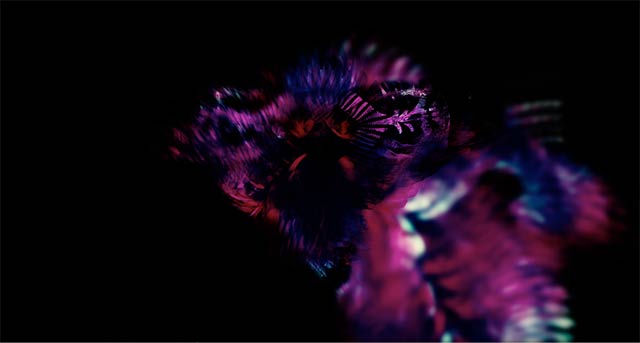
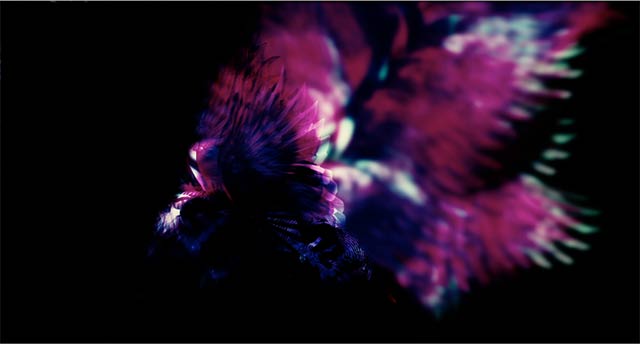

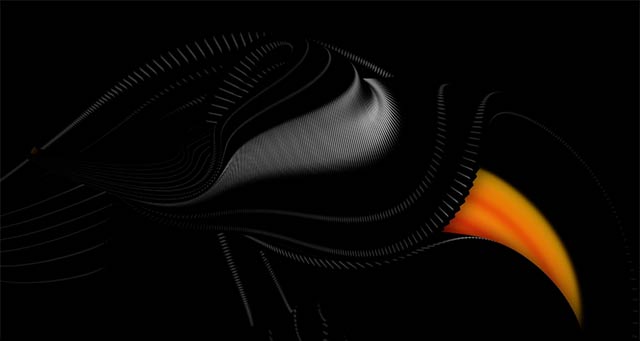


(Thanks, Newcastle beach!)
by j p, March 30, 2016 2 Comments

Concert Visuals for Audego from jeanpoole on Vimeo.
Hear the enchanting sound of Audego : soundcloud, bandcamp or facebook – or at a gig sometime – with these visuals in motion:






(Thanks, Newcastle beach!)
by j p, March 30, 2016 2 Comments
Hermitude Concert Visuals from jeanpoole on Vimeo.

Am glad to finally upload that edit-medley – because creating a set of concert visuals for Hermitude was one of my favourite projects last year, seeing it from drawing-board and sketch paper, through to the stage screen. Hermitude had approached (having worked together on Dr.Seuss Meets Elefant Traks at Sydney’s Graphic Festival in 2012) – about developing video for their tour promoting Dark Night, Sweet Light – and wanted a visual set that suited their music, would work well within a hectic stage lighting environment, and was diverse but felt like a coherent, consistent show.
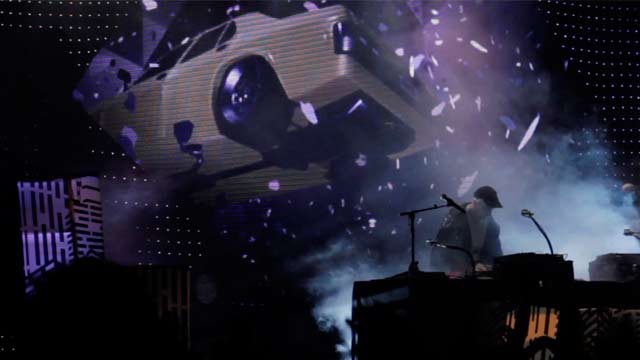
To suit Hermitude’s fun and festive sound and their dynamic live performances – I developed an overall visual style palette to enhance that, and mapped out a visual choreography for the show. And though I was excited about making some Hermitude clips of my own, it was also an exciting opportunity to collaborate with some talented animators, coders and cinematographers. It was fantastic to be able to work with these artists to craft the Hermitude set:
Neil Sanders – a Melbourne hand-drawn illustrator and animator extraordinaire, famous for his signature organic tumblr loops…
Ori Toor – another hand-drawn abstraction loop specialist, beaming pixels to us from the Middle East.
Colin E. White – moodily stylised New York animator.
Brad Hammond – A Melbourne 3D Unity animation ninja + coder. (And shout-out to Kejiro Takahashi from Japan, for his ongoing publishing of Unity software addons… )
Stu Gibson – A Tasmanian surf + aerial cinematographer, who was very generous with his wild coastline footage (which I used to make the Bermuda Bay clip below)
Hermitude – Bermuda Bay (Dir: Jean Poole) from stu gibson on Vimeo.
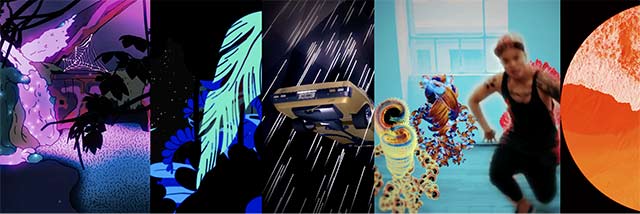
It was also a pleasure to develop this visual set over time, because Luke ‘Dubs’ + Angus ‘El Gusto’ (aka Hermitude) are so down to earth and friendly, despite their relentless touring and acclaim, as are the whole Elefant Traks crew – especially their tireless manager (and collaborator) Urthboy and Luke Dearnley (Sub Bass Snarl), their wizardly tour manager (who designed a clever + efficient video rig featuring live cams – for routing and controlling their stage video feeds).
A lot of pixel-sweat across quite a few months, but …
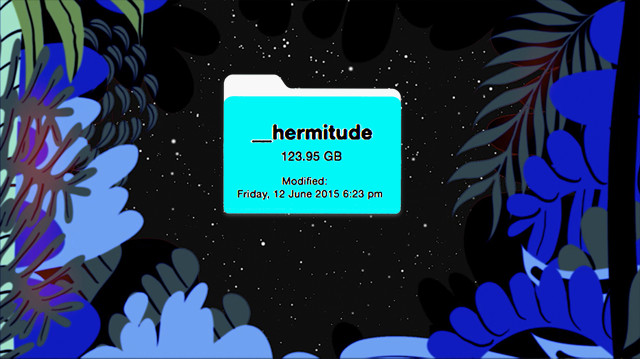
.. so satisfying to see it all come together in the end.

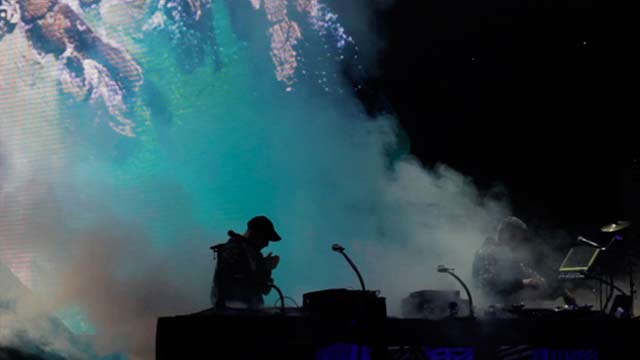
by j p, March 18, 2016 0 comments
Music video made for the Cumbia Cosmonauts Mexico Remixes EP, based on footage shot during our tour of Mexico in Dec 2014.
(Shout outs to all the fine people we met in Guadalajara, Monterrey, Metepec, Tijuana, Mexico City and Oaxaca!)
The video and EP launched on CassetteBlog in Jan 2016.






by j p, January 27, 2016 1 Comment
Reich I + II – Cleverhorse
Directed, edited + filmed in County Limerick, Ireland by Jean Poole ( https://skynoise.net/projects )
Cleverhorses’ 2nd album, “50:fifty” will be released December 2016. Released through Jazzhead records.
by j p, November 6, 2015 0 comments
I was lucky enough recently to catch a film-talk panel between director Joshua Oppenheimer and John Safran, at the Melbourne International Film festival. Having just seen the Look of Silence earlier that day, and already in awe of the brave and audacious film-making from the earlier companion film (The Act of Killing) – it was humbling and a privilege to hear about some of what went into the making of the film – and what some of its’ impacts have been since.
Given that Indonesia has not officially or publically discussed the mass killings that happened in 1965-66 (supposedly to get rid of a communist threat) – and that many of the perpetrators are entrenched in power today, it’s quite remarkable that these two films got made – prompted national discussions about them – and that the second film was given official recognition:
“On November 10, 2014, 2,000 people came to the official and public premiere of the film in Jakarta, and on December 10, 2014 – International Human Rights Day – there were 480 public screenings of the film across Indonesia. The screenings of the film in Indonesia has been sponsored by the National Human Rights Commission of Indonesia and the Jakarta Arts Council.” ( Via wikipedia)
Incredibly, after the first film – which featured the ‘surreal / defensive(?)’ boasting of one of the mass-killers – an Indonesian journalist saw the film, and persuaded their magazine to send out investigative journalists to document similar people in 60 different locations across Indonesia – and then published all of these in one go – alongside an in depth reaction to Oppenheimer’s film – which broke the silence, and allowed Indonesian media to move past the taboo of discussing these events.
Regardless of your awareness of this Indonesian mass killing, these are powerful films on many levels – well worth hunting down.
Via Wikipedia entry of Act of Killing:
The film focuses on the perpetrators of the Indonesian killings of 1965–66 in the present day; ostensibly towards the communist community where almost a million people were killed.
Invited by Oppenheimer, Anwar recounts his experiences killing for the cameras, and makes scenes depicting their memories and feelings about the killings. The scenes are produced in the style of their favorite films: gangster,western, and musical.
The name “Anonymous” appears 49 times under 27 different crew positions in the credits. These crew members still fear revenge from the death-squad killers.
From film synopsis on Act of Killing website:
When the government of Indonesia was overthrown by the military in 1965, Anwar and his friends were promoted from small-time gangsters who sold movie theatre tickets on the black market to death squad leaders. They helped the army kill more than one million alleged communists, ethnic Chinese, and intellectuals in less than a year. As the executioner for the most notorious death squad in his city, Anwar himself killed hundreds of people with his own hands. Today, Anwar is revered as a founding father of a right-wing paramilitary organization that grew out of the death squads. The organization is so powerful that its leaders include government ministers, and they are happy to boast about everything from corruption and election rigging to acts of genocide.
The Act of Killing is about killers who have won, and the sort of society they have built.
In The Act of Killing, Anwar and his friends agree to tell us the story of the killings. But their idea of being in a movie is not to provide testimony for a documentary: they want to star in the kind of films they most love from their days scalping tickets at the cinemas. We seize this opportunity to expose how a regime that was founded on crimes against humanity, yet has never been held accountable, would project itself into history.
And so we challenge Anwar and his friends to develop fiction scenes about their experience of the killings, adapted to their favorite film genres – gangster, western, musical. They write the scripts. They play themselves. And they play their victims.
via Wikipedia entry for Indonesian killings of 1965–66
“the CIA denies active involvement in the killings, though it was later revealed that the American government provided extensive lists of Communists to Indonesian death squads.”
The Act of Killing Trailer:
Synopsis via Look of Silence website:
“Through Oppenheimer’s footage of perpetrators of the 1965 Indonesian genocide, a family of survivors discovers how their son was murdered, as well as the identities of the killers. The documentary focuses on the youngest son, an optometrist named Adi, who decides to break the suffocating spell of submission and terror by doing something unimaginable in a society where the murderers remain in power: he confronts the men who killed his brother and, while testing their eyesight, asks them to accept responsibility for their actions. This unprecedented film initiates and bears witness to the collapse of fifty years of silence.”
The Look of Silence Trailer:
by j p, August 12, 2015 3 Comments